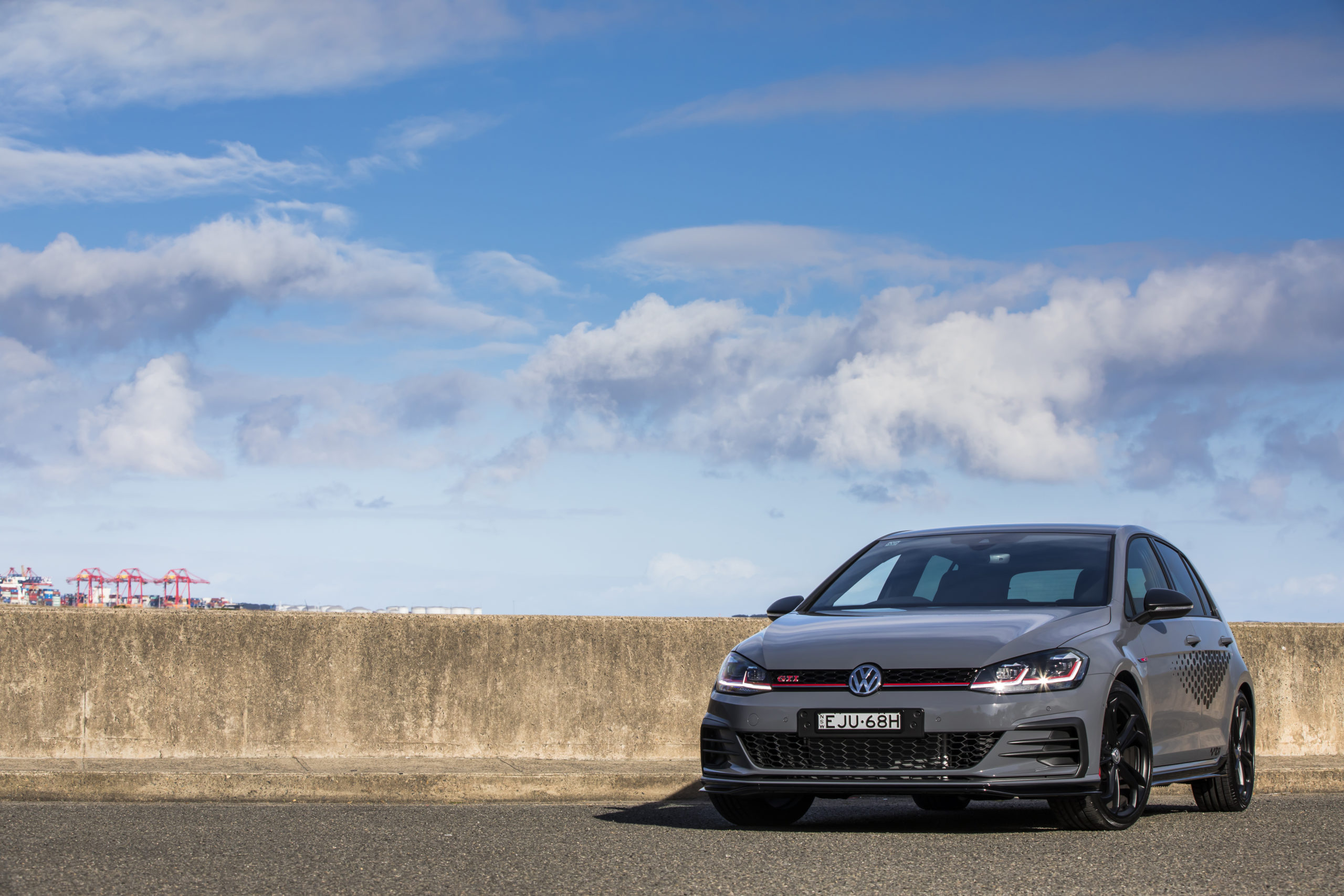
What is it?
The send-off for the Golf GTI Mk7.5, adding more power, a unique gearbox and fresh looks inspired by the booming TCR tin-top category. In keeping with its racetrack inspiration, the GTI TCR is the fastest and most powerful Golf GTI ever (it even has more grunt than the Mk8 GTI coming in 2021).
READ MORE: Our long-term Volkswagen Golf R review
Does it have any racing pedigree?
It goes without saying there are some connections between the TCR and motorsport. Volkswagen was one of the strongest supporters of the TCR category, building the racing version for privateer teams around the world to enjoy.
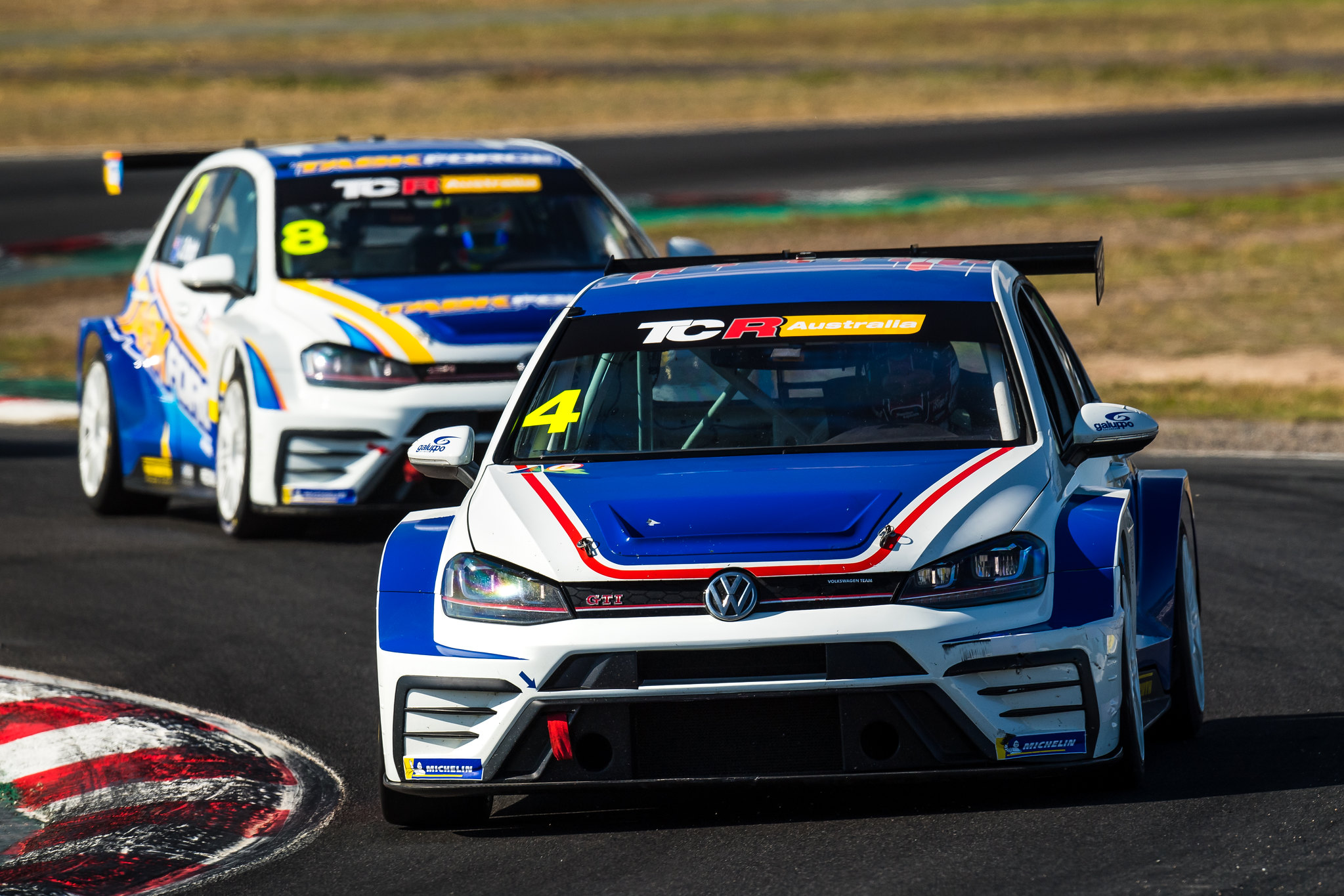
Despite its success Volkswagen made the decision to quit all forms of internal combustion engine powered motorsport at the end of 2019. Then came this week’s announcement that the brand is quitting motor racing altogether, which means the GTI TCR will go down in the brand’s history as seemingly the last motorsport-inspired model from a storied car maker.
READ MORE: What you need to know about the 2021 Volkswagen Golf GTI
What’s under the bonnet?
It’s the same 2.0-litre four-cylinder turbocharged engine as used across the GTI and R range, but tuned especially for the TCR. To that end it matches the Golf R on power, pumping out 213kW, but it has less torque, 350Nm (compared to 380Nm).
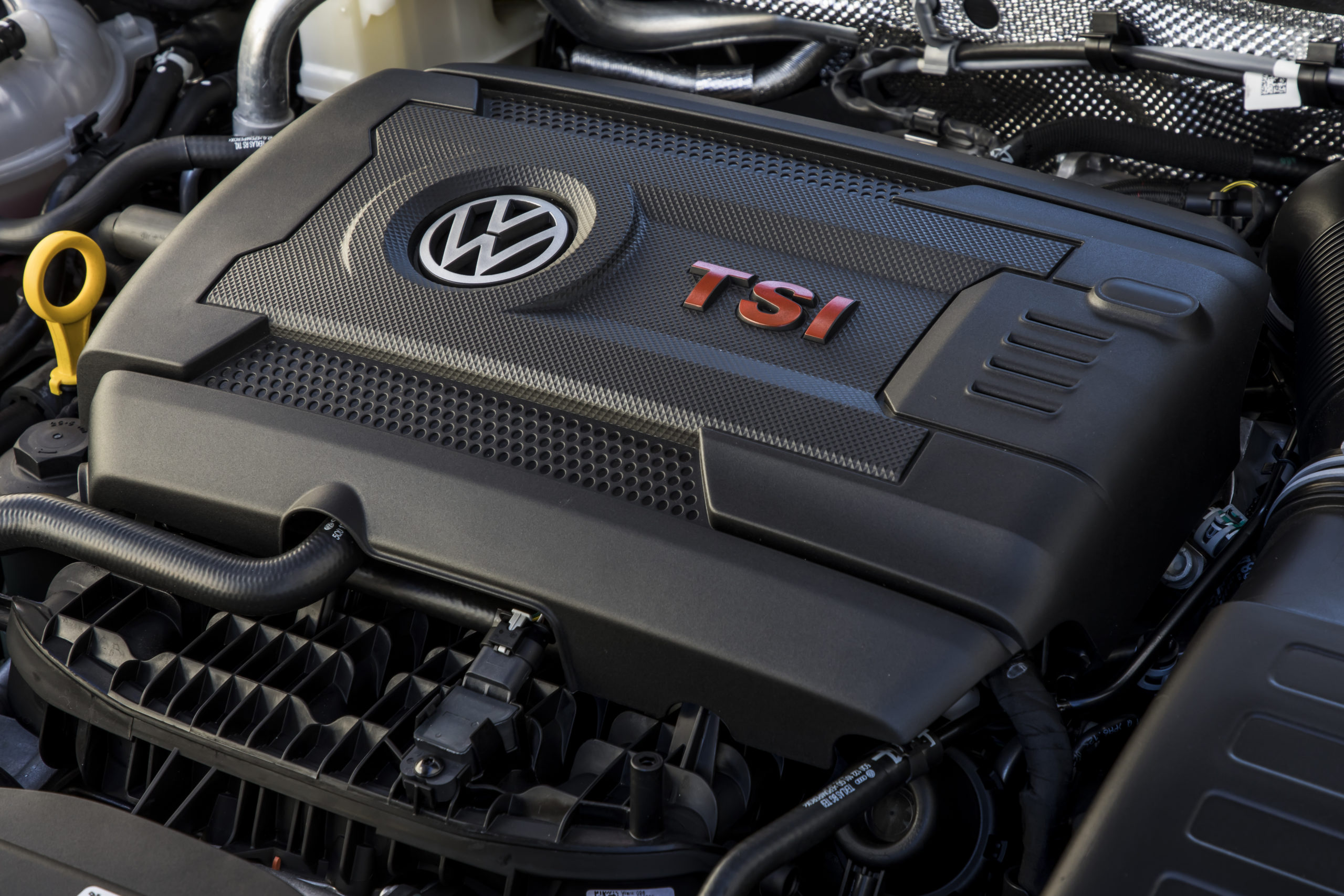
That not only retains the Golf R’s place at the top of the pile, but also factors in the GTI TCR is still front-wheel drive; unlike the all-wheel drive Golf R. It uses the same electronically-controlled mechanical limited slip differential as the GTI to help transmit that power to the road.
READ MORE: 2021 Volkswagen Golf R revealed
The TCR does make a lot more power than the standard GTI though, which produces 180kW/370Nm; and will do so next year when the new GTI Mk8 arrives with a carryover engine.
Another major difference between the standard GTI and the TCR is the transmission, with the TCR using a six-speed dual-clutch unit instead of the seven-speed version found in the GTI.
What does this all mean when the rubber hits the road? Well the TCR still feels like a GTI, which is a good thing because it remains a benchmark hot hatch, but with noticeably more punch when you put your foot down. Volkswagen claims the GTI TCR will take 5.7 seconds to do the 0-100kmh sprint, compared to 6.2 seconds for the standard model.
How does it handle?
There are more subtle changes to the chassis and handling package to make the TCR feel special but without losing the sharp handling that has made the GTI such a long-time hot hatch favourite.
For starters it sits lower, thanks to a 5mm ride height reduction for firmer rider and sportier stance. The adaptive chassis control has been tuned accordingly to account for the new suspension tune.
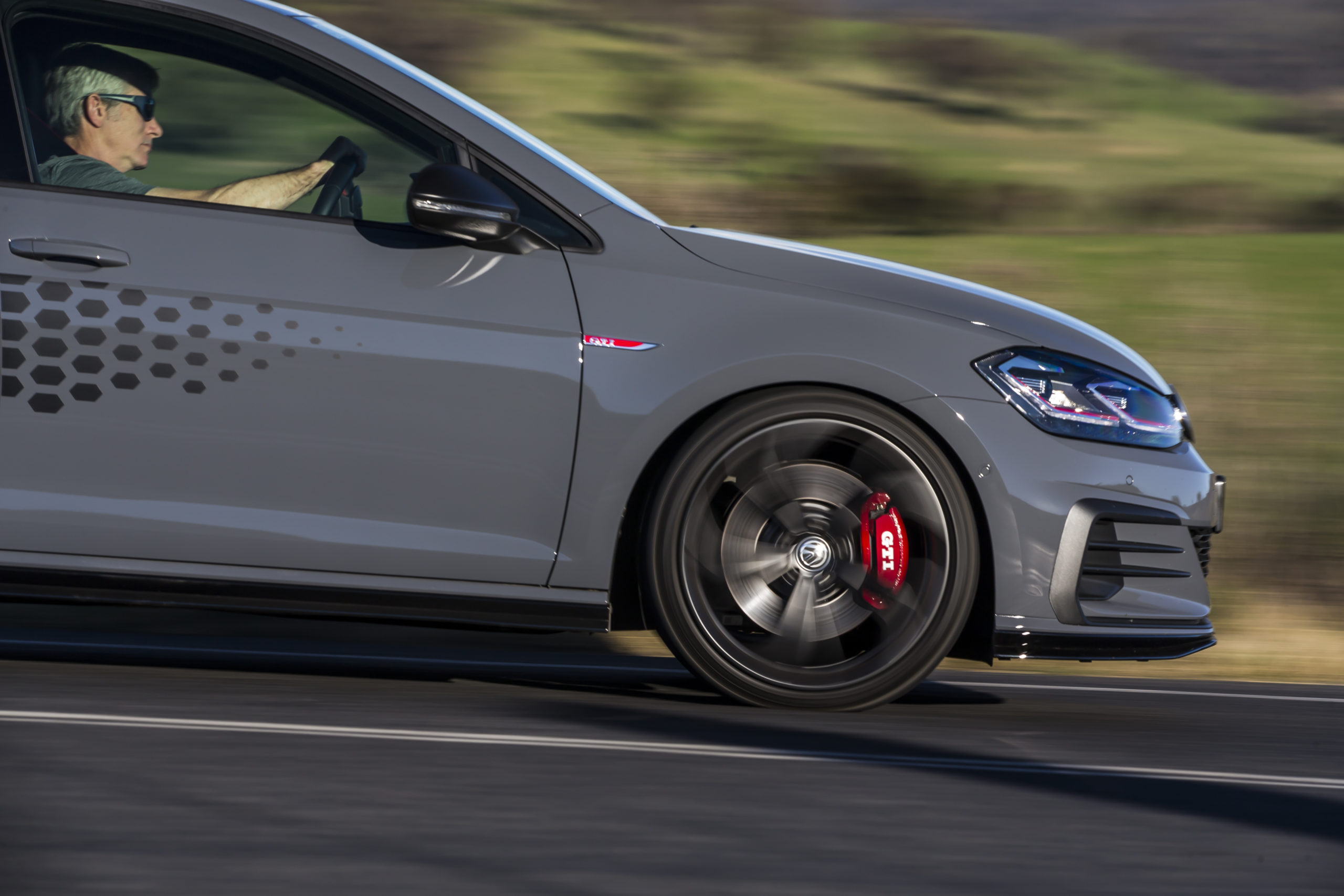
It makes use of the cross-drilled front brake discs developed for the GTI Clubsport S and Golf R with R Performance Options (which was offered locally). The new brakes not only provide more stopping power but also weigh 2kg less, saving valuable unsprung weight.
These changes don’t mess with the winning formula but do make the GTI TCR feel at least a bit different to the regular model.
It’s still one of the sharpest and best-handling hot hatches on the market today, feeling agile, responsive and powerful on the road. It tips into corners with balance and poise, allowing you to comfortably explore its limits. Naturally it’s firmer than your average hatch, and while it can get fussy over repeated sharp-edges bumps it never feels uncomfortable.
It also does a good job as a hatchback, comfortably slipping into urban commuting when you just need to get from Point A to Point B.
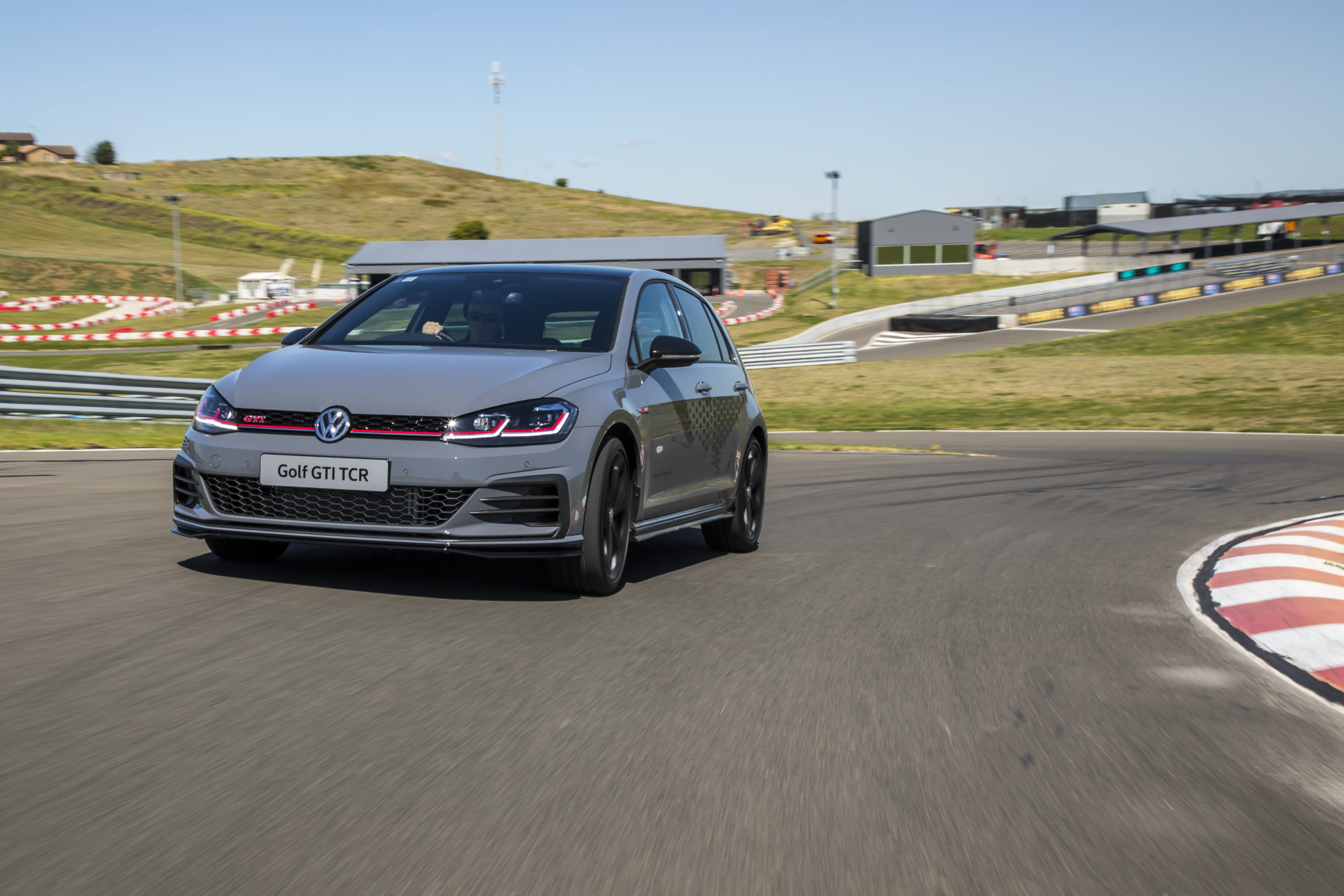
Where would you most like to drive it?
Unfortunately we didn’t get a chance to experience it on the track, which you’d need to extract its full potential because with 213kW on tap it has no trouble getting to the speed limit.
It would be great to line up the GTI TCR against its racing sibling, to see just how closely aligned TCR racers are in this era of specialised motorsport cars.
What’s the interior like?
The tartan-trimmed seats are a GTI trademark, but in the TCR the tartan is replaced by a new pattern on the cloth-trimmed sports seats. It still looks nice and adds a racey element to the interior, but it feels unusual to be in a GTI without that classic seat pattern.
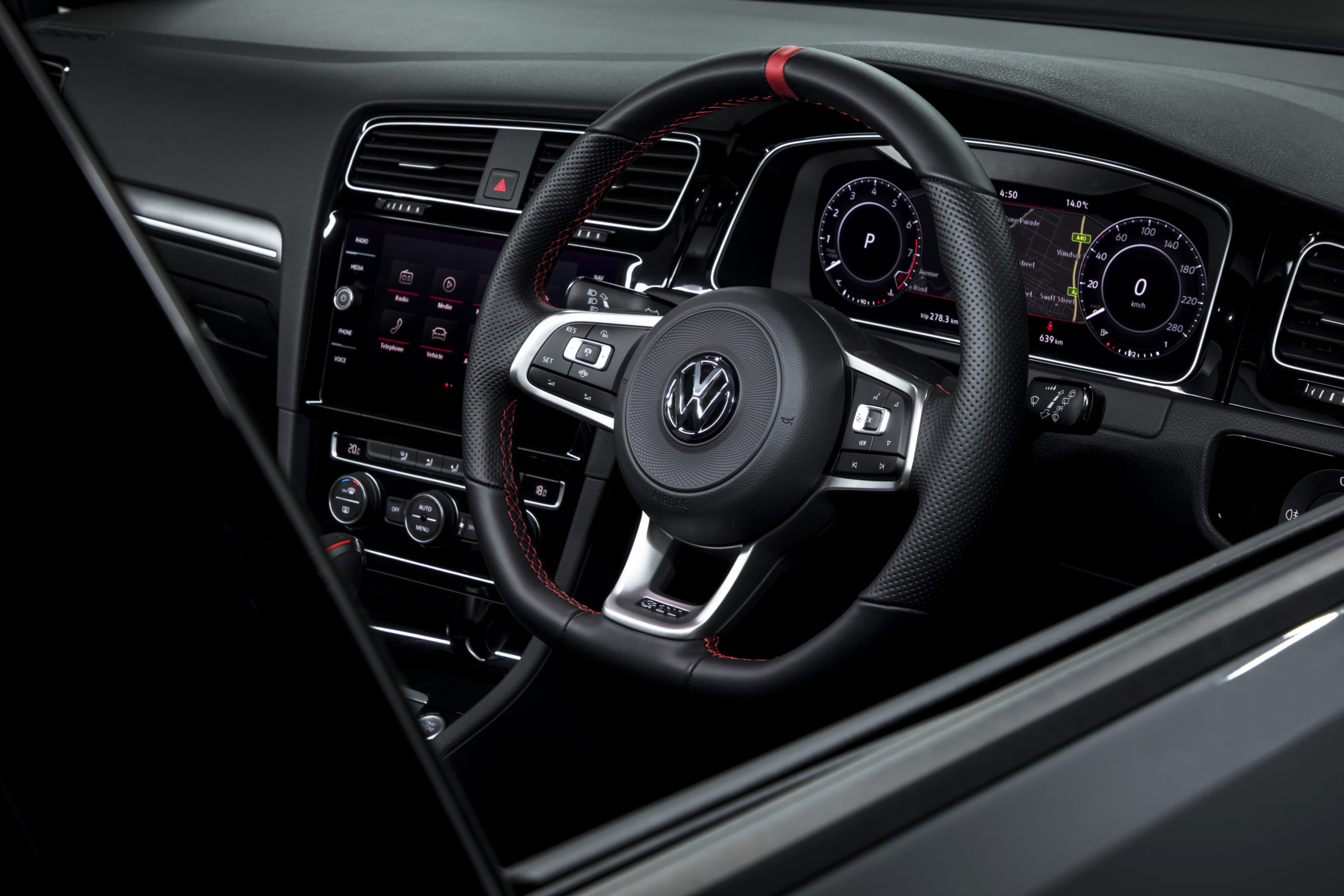
The rest of the cabin is typical Golf GTI though, with a thick-rimmed steering wheel wrapped in partially perforated leather and with a red marker on the top.
There’s also Alcantara trim on the doors to ensure it feels suitably special.
Is it good value for money?
There are other, more dramatic changes to the GTI TCR on the exterior, with a new bodykit that sets it apart from the other Golf models.
Only available in white, red or grey, the GTI TCR gets gloss black elements on the front bumper, side skirts and new ‘diffuser-stye’ lower bumper. Plus there’s matte black side mirrors and gloss black 19-inch alloy wheels in a unique design. There’s also the hexagonal-pattern decals on the side inspired by the TCR logo.
It needs the unique look to help justify the asking price of $51,490 – which plants it right between the $47,190 GTI and $55,990 R – that makes it a tricky choice for Golf hot hatch fans. That only 300 examples of the GTI TCR are coming to Australia should help with the sales pitch and future desirability.
Would I buy one?
The Volkswagen Golf GTI is an excellent hot hatch but it has come under pressure in recent years from the likes of the Hyundai i30 N, Ford Focus ST and Honda Civic Type R. The changes to the GTI TCR undoubtedly makes it a nicer car than the standard GTI – because more power is generally a good way to improve a performance car.
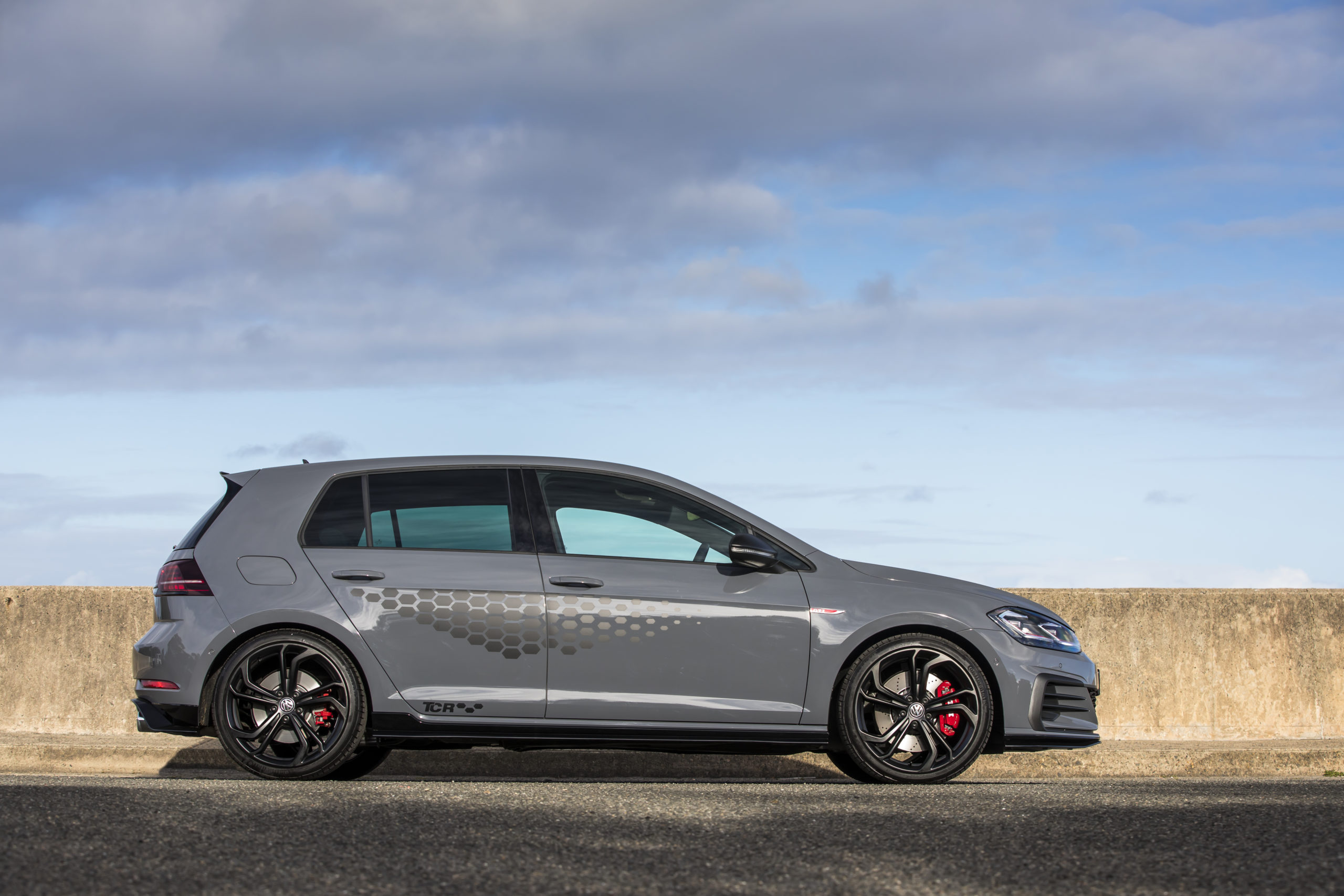
But it doesn’t make it a clear standout from a very crowded field of good hot hatches available today. For those who can stretch the Golf R does a nicer job of planning the dual roles expected of a hot hatch (weekly work and weekend play) but the TCR is a nice send-off for the Mk7.5 GTI and offers something different to what we’ll get with the Mk8 next year.
2020 Volkswagen Golf GTI TCR price and specifications
| Price: | From $51,490 plus on-road costs |
| Engine: | 2.0-litre four-cylinder turbo petrol |
| Power: | 213kW at 5900-6400rpm |
| Torque: | 350Nm at 1700-5800rpm |
| Transmission: | Six-speed dual-clutch automatic, front-wheel drive |
| Fuel use: | 7.5L/100km |
| Wheels: | 19-inch alloys |
| Tyres: | 235/35 front & rear |
| Length: | 4268mm |
| Width: | 1799mm |
| Height: | 1467mm |
| Weight: | 1387kg |
| 0-100km/h: | 5.7 sec (claimed) |













Discussion about this post